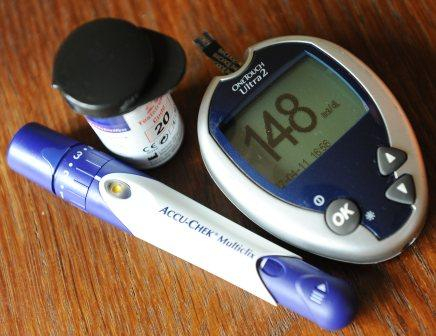
While the exact cause of type 1 diabetes isn’t known, researchers believe the disease develops when a virus or environmental toxin damages the pancreas or causes the body’s immune system to attack beta cells of the pancreas (called autoimmune reaction).
As a result, the beta cells can no longer produce enough insulin, leaving the patient unable to control his own blood sugar. Without insulin, glucose in the blood can’t enter the cells in the body and blood glucose levels rise, causing hyperglycemia (high blood sugar). The body begins breaking down fat and protein for energy instead of using glucose.
More than half a million children worldwide are affected by type 1 diabetes, increasing in incidence by about 3 per cent every year, as reported by Science Daily. Researchers attribute type 1 diabetes to family history and genetics, with the presence of certain genes in the body indicating a slightly increased risk of the condition developing.
While hyperglycemia and hypoglycaemia (low blood sugar) are the short-term complications associated with the disease, long-term complications include problems affecting the eye (diabetic retinopathy), kidney (nephropathy) and the nervous system (neuropathy). Treatment involves administration of insulin through injections and insulin pumps and taking proper nutrition.











